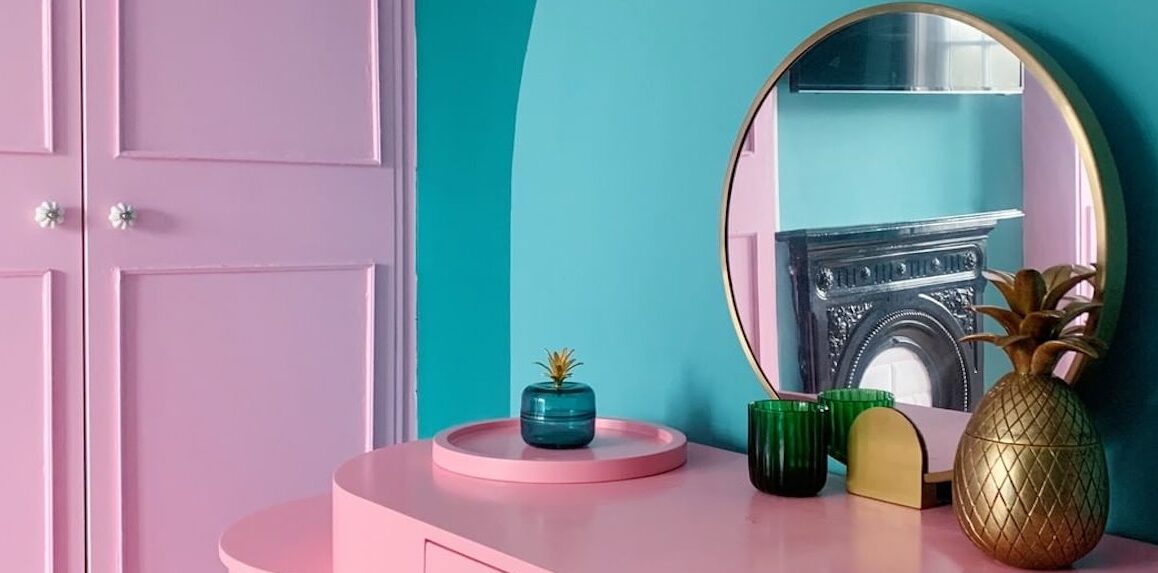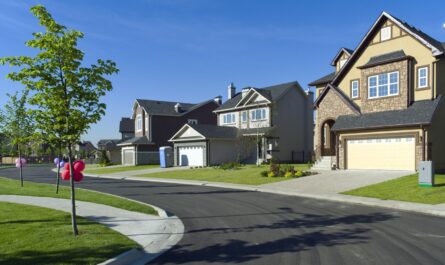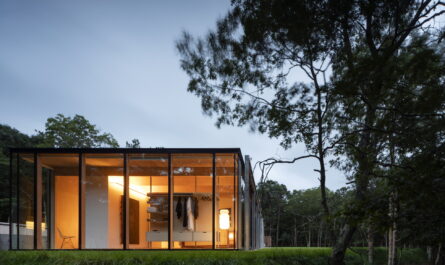Color psychology is an important concept for anyone looking to decorate their home and make sure it’s appealing to potential buyers. Colors can influence how people feel, both consciously and subconsciously, which in turn can affect the mood of a space. What’s more, the right color palette can also increase the value of a home when it comes time to sell. Therefore, it’s essential to understand how colors can affect our lives and why they are such an integral part of interior design. In this blog post, we will explore the basics of color psychology and look at how you can use it to create a pleasant atmosphere in your home that will increase its value.
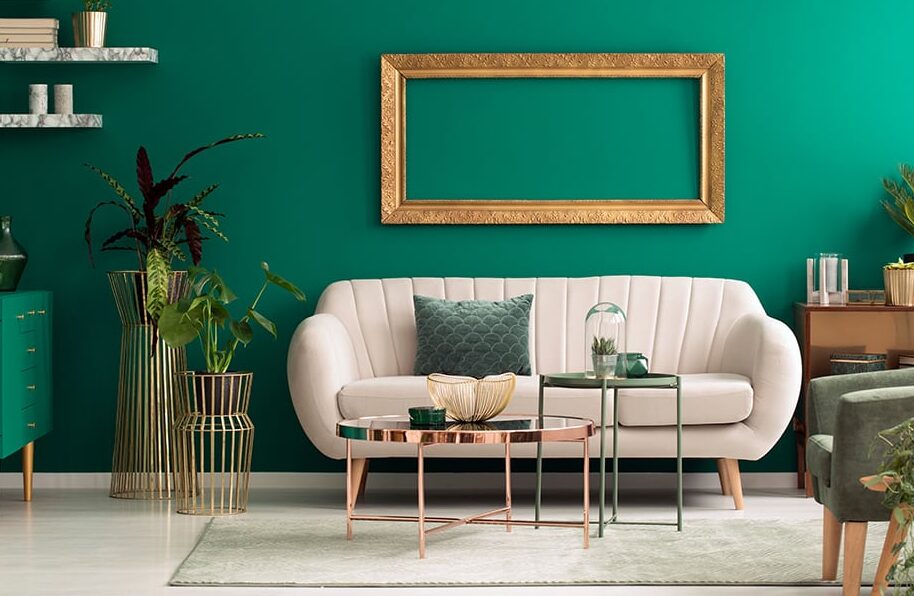
The Impact of Color on Mood
Color has long been known to have an impact on mood. Studies have shown that certain colors can affect our emotions and even our behavior. For example, the color red has been shown to increase heart rate and blood pressure, while blue has been shown to have a calming effect.
While the impact of color on mood is well-documented, less is known about how it can affect home value. However, there is evidence that certain colors can make a home more valuable. For example, homes with black or dark-colored roofs have been shown to sell for more than those with lighter-colored roofs.
So, if you’re looking to sell your home, it may be worth considering painting the walls and roof in colors that are known to boost home value. Alternatively, if you’re looking to create a calm and relaxing environment at home, choosing colors that have a calming effect may be the way to go.
How Homebuyers Perceive Color
Color psychology is the study of how colors affect our moods and behavior. It’s a relatively new field, but scientists have already learned a lot about how different colors can impact our emotions.
For example, red is often associated with energy and excitement, while blue is linked to calmness and relaxation. Yellow is often seen as happy and optimistic, while green is associated with nature and peace.
Of course, these are just generalizations – everyone perceives color differently. But it’s important to keep in mind how colors can affect our moods when choosing paint colors for our homes. After all, we want our homes to be places where we feel happy, relaxed, and comfortable.
When it comes to home value, research has shown that certain colors can actually increase the selling price of a home. For example, homes with light-colored kitchens tend to sell for more than homes with dark-colored kitchens. And while there’s no guarantee that painting your home a certain color will boost its value, it’s definitely something to consider if you’re looking to sell in the near future.
The Most Popular Paint Colors
When it comes to paint colors, there are a few shades that always seem to be popular. These colors can help to set the mood in a room and can also affect home value. Here are some of the most popular paint colors:
White: White is a classic color that can be used in any room. It’s clean and fresh look makes it a popular choice for both walls and trim.
Gray: Gray is a popular neutral color that can be used in many different ways. It’s perfect for creating a calming atmosphere or adding a touch of sophistication to a space.
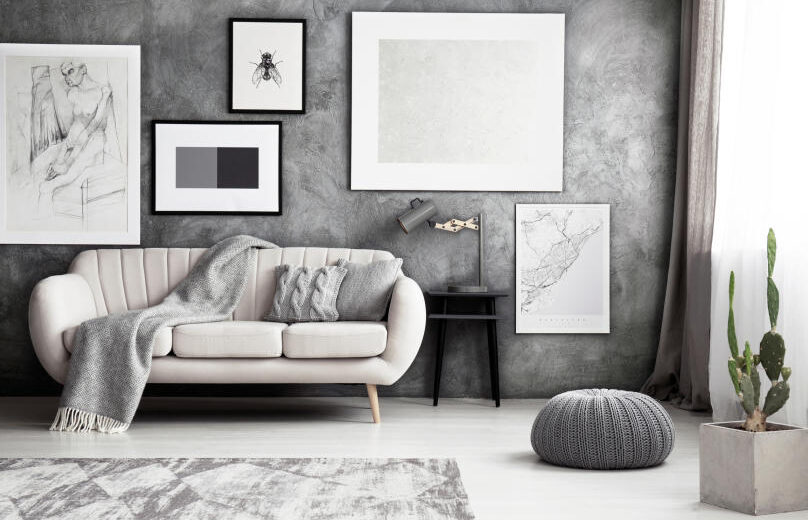
Beige: Beige is another classic neutral color that can work well in any room. It has a warm and inviting feeling, making it a good choice for living spaces.
Blue: Blue is often associated with calmness and serenity. It’s perfect for creating a relaxing environment in any room.
Green: Green is associated with nature and peace. It’s perfect for bringing the outdoors inside and creating an inviting space.
The Least Popular Paint Colors
Not everyone has the same taste in color. Some people prefer bold, bright colors while others prefer more subdued hues. And when it comes to paint colors, there are definitely some that are more popular than others. But what about the least popular paint colors?
While there’s no definitive list of the least popular paint colors, there are definitely some shades that tend to be less popular than others. Pale pink, for example, is often seen as a “girly” color and is therefore not always a favorite among homeowners. Other unpopular colors include light purple, brown, and grey.
So why are these colors less popular? It could be because they’re associated with certain feelings or emotions that people don’t want to feel in their homes. For example, pale pink might be associated with being too “cutesy” or light purple might be associated with being too feminine. Whatever the reason, these colors tend to be passed over in favor of other options.
How to Choose the Right Paint Colors for Your Home
When it comes to choosing paint colors for your home, there are a few things you should take into consideration. The first is the mood you want to create. Certain colors can invoke certain emotions, so think about what feeling you want your home to radiate. Also consider the resale value of your home – certain colors can turn off potential buyers while others can help increase the value of your property. And lastly, don’t be afraid to experiment! Trying out different color schemes is a great way to find what works best for you and your space.
A home’s interior color palette is much more than a visual treat: the colors we choose to adorn our walls can have tangible impacts on our emotions, mental states and even the value of our homes. With this in mind, it is important to take time when selecting colors for your space and consider not just which hues you like best but how they will make you feel. When incorporated strategically into a design scheme, an eye-pleasing range of colors can create inviting spaces that increase emotional well-being as well as property values.
